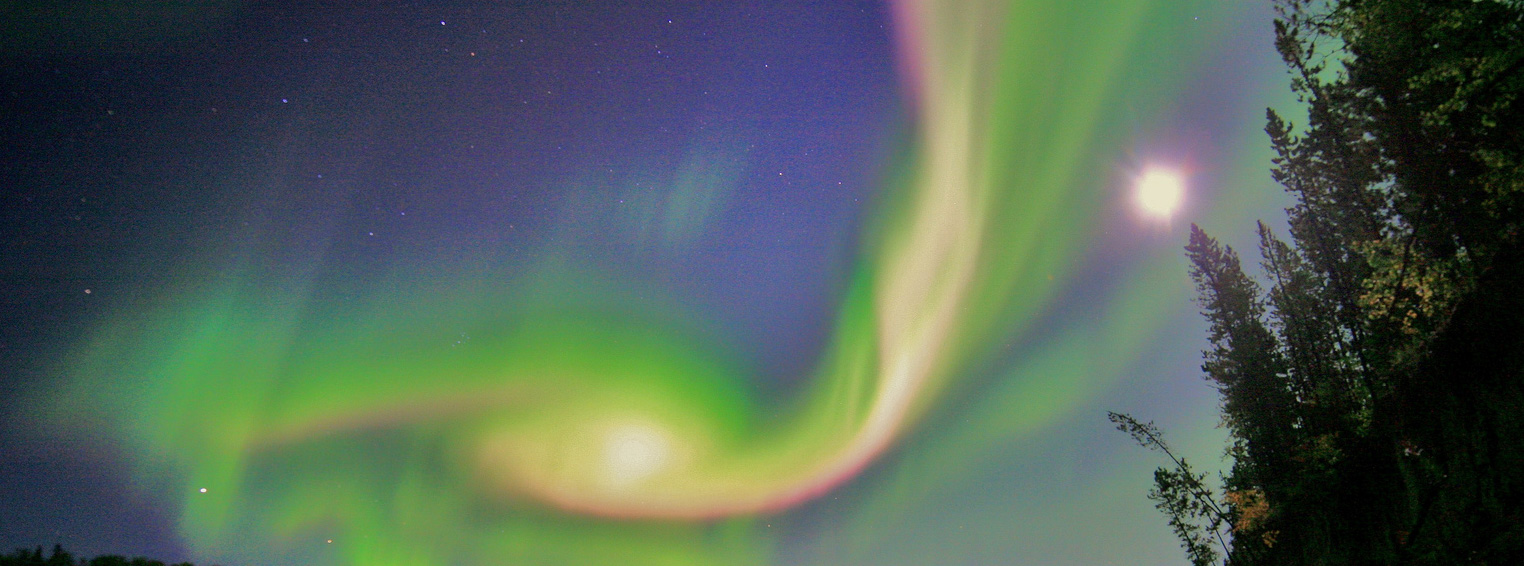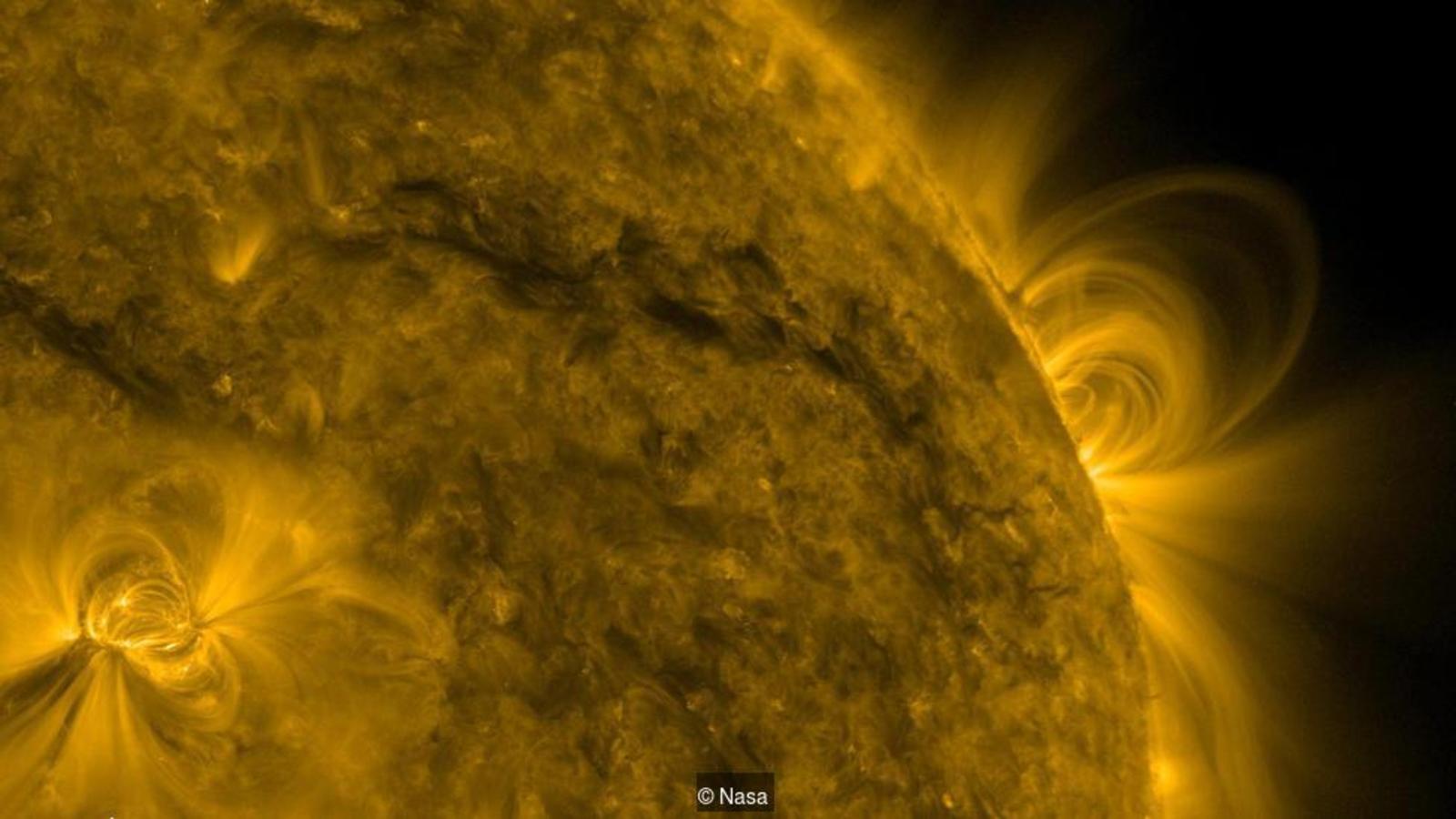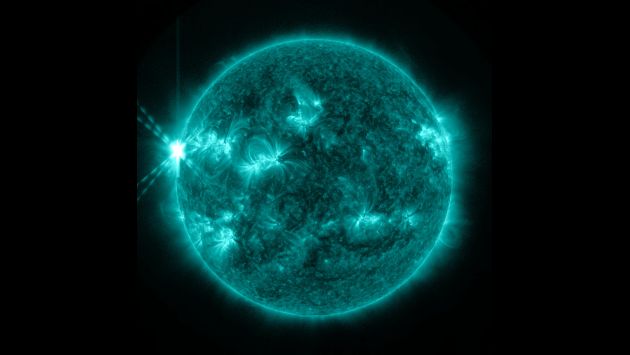FINAL ACHIEVEMENTS
- The UM was extended up to an altitude of 152 km. Its radiation scheme was extended to include radiative heating from the EUV and FUV wavelengths (important in the lower thermosphere). An innovative method was developed to calculate photolysis rates at high spectral resolution while retaining both the accuracy and computational efficiency of the radiative flux calculations (important for forecast applications).
- Two new DTM2020 models were developed: an operational model driven by the trusted and established F10.7 and Kp indices for solar and geomagnetic activity, respectively, and a more accurate research model, which uses the not yet operationally accredited indices F30 and the new hourly Hpo. The research DTM2020 is the least biased and most precise model compared to assimilated data, which is confirmed through comparison with independent data (SET HASDM).
- A new feature unique to DTM is the uncertainty estimate of the density prediction.
- The MCM model, which extends from the surface to approximately 1500 km, was created by combining UM results in the form of monthly-mean grids with the operational DTM2020 model. Up to 100 km, besides density and temperature, the monthly-mean zonal and meridional winds are given too.
- MCM is a user-oriented product. A survey was carried out to prospective and likely users to define the requirements for the MCM software.
- In April 2021, MCM was released as a software library that can be easily integrated in space analysis products providing density measurements. MCM has been published on Github and is being made available at the Virtual Space Weather Modelling Centre and is will be tested soon at ESA’s, CNES’ and NASA’s space operations centres
- High resolution, open-ended geomagnetic disturbance index, Hpo: a 30-min and 60-min temporal resolution geomagnetic disturbance index, Hpo, based on data of the geomagnetic observatories and on the algorithm used for the 3-hourly Kp index and its forecast up to 72 hours. As another extension, the Hpo index family reflects all geomagnetic disturbance levels and is not capped at an upper level as is true for Kp = 9. Major geomagnetic storms can thus better be identified, as well as is the onset of geomagnetic disturbance due to the higher time resolution than for Kp




